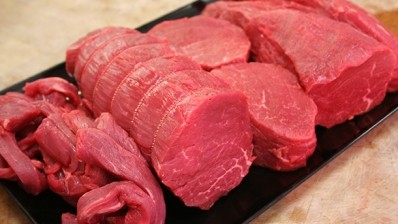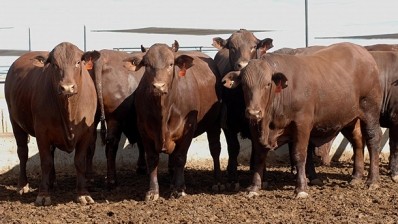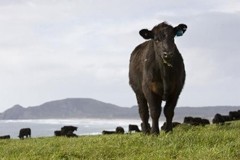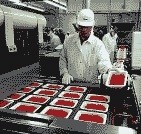State of the industry
Far East and America driving Australian beef dynamics
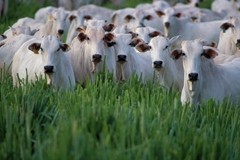
The report, Australia's Major Boxed-beef Export Markets—The 'Steaks' Are Changing, produced by agribusiness banking specialist Rabobank, says exporters of boxed beef are facing a number of hurdles, including a strong Australian dollar that has combined with an aggressive American marketing campaign into Japan, leading to Australian beef being displaced in its key market.
In addition, Korea's surplus of domestically produced Hanwoo beef has reduced imports from all countries.
However, Sarah Sivyer, Rabobank’s senior animal proteins analyst and the report's author, said that the US is facing tighter supply and rising beef prices as a result of its worst drought in 50 years. These subsequent rising input costs are creating short- and medium-term opportunities for Australian producers.
She adds that the issue of increased domestic inventory in Korea is cyclical and should begin to subside in 2013, while exports to Japan will remain strongly correlated with currency movements.
The battle for Japan
Australian beef exports to Japan have fallen 7.5% over the past 12 months, and 13% from the five-year average, while Japanese beef imports from the US have jumped 5% in the past year.
"Reduced competitiveness due to a strong Australian dollar, aggressive marketing by the US and price-sensitive consumers in the Japanese markets have combined in a shift in demand away from Australian beef in 2012," Sivyer said.
"In 2013, the US will be faced with a production decrease between 3% and 9%, depending on whether the drought continues. This tight supply, combined with increased local feed costs, will lead to increased prices, which in turn will lead to limited availability of US product for export."
Korean competition
The Rabobank report shows that Australian exports to Korea are down 20%, but are likely to see some recovery in late 2013.
Over the last 10 years, the domestic beef herd in Korea has increased in size by 72% from two million to 3.5m head.
Sivyer said that with an oversupply and with the government now intent on reducing its herd size, government financial incentives are in place to stimulate the slaughter of lower performing cows.
"While production in Korea will increase in 2012 as a result of this increased slaughter, the government incentives, combined with low cattle prices, will lead to an expected slowdown in calf production moving forward into 2013," she said.
"When Korean production starts to subside, we will then see some reinvigoration in the import market which we expect to occur in late 2013."
United States retracts
While Korea and Japan are facing slower prospects in the short-term, the Rabobank report suggests the US has been Australia's "shining light" with Australian exports up 38% year-to-date.
"This is mostly a result of increased demand for manufacturing beef that has been driven by a number of factors, not least the lean fine textured beef [LFTB] issue," Sivyer said.
"Back in March 2012, the US was faced with the removal of the equivalent of 2% of its supply chain as the LFTB news broke. Australia was quick to move and took advantage of the increased demand.
"However we need to note that while manufacturing beef exports to the US are up 57% this year relative to 2011, if compared to the last three-year average, they are only up 13%."
US drought presents opportunities
Sivyer says that there was a great deal of initial speculation was that the American drought would lead to significant herd liquidation as producers ran out of pasture, leading to an acceleration of the already declining herd population.
"With liquidation speculation rife, the indicator that has been most interesting to follow throughout the last six months has been US cow slaughter," she said.
"While total cow slaughter may be sitting above five-year averages, this is being driven by dairy cow slaughter rather than beef cow slaughter."
Sivyer said that other indicators of tight beef supply in the US include feedlot placements dropping to their lowest levels since the mid 1990s, reinforcing reduced production levels, and again creating an opportunity for Australia to meet this American demand.
2013 beef outlook
Looking forward, the Rabobank report suggests that recent price spikes in feed grain in the US are expected to be sustained through to at least the first-half of 2013, and combined with reduced production, while higher domestic beef prices for the US will remain.
"If it rains in the US, then producers will retain their heifers and production will be down closer to 9%. If the drought continues, production in the US, is likely to be down closer to 3%."
"This again provides opportunities for Australia in competing export markets, such as Korea and Japan, with almost all of the US herd grainfed, compared with 34% of the Australian herd," said Sivyer.
